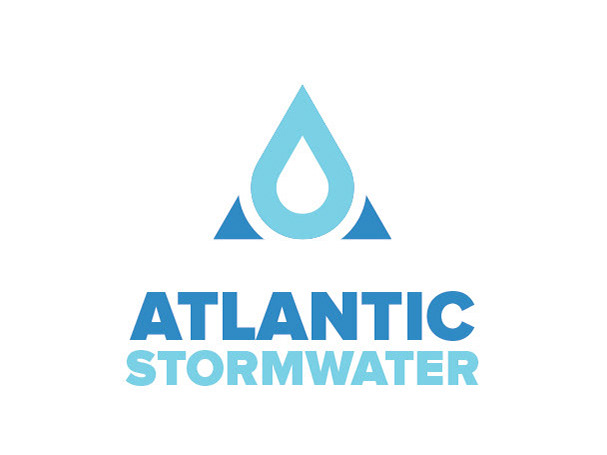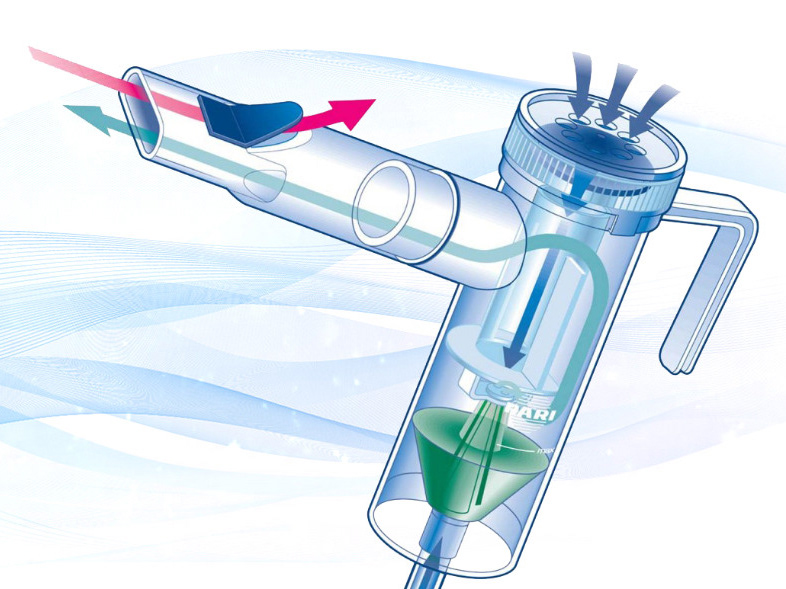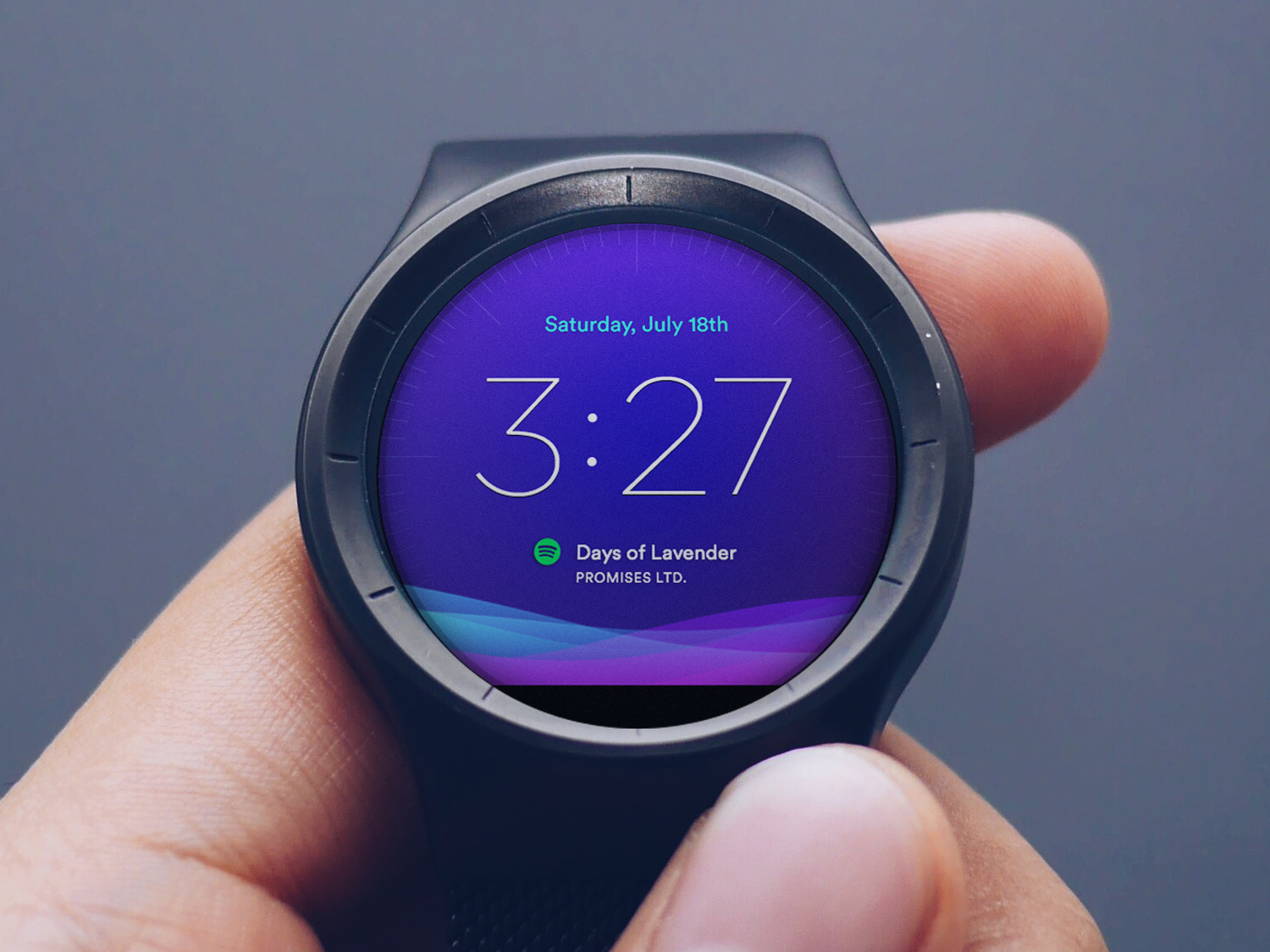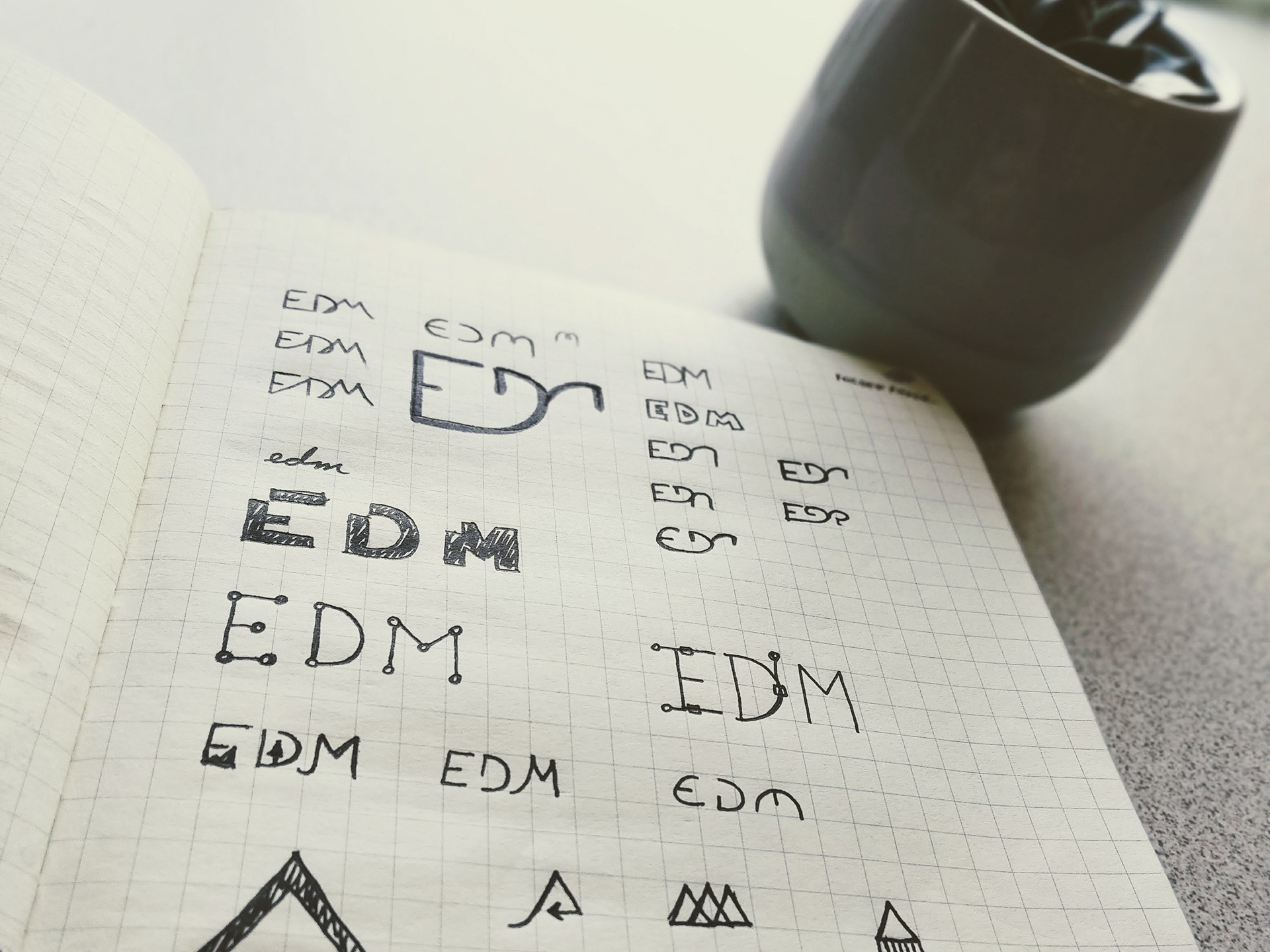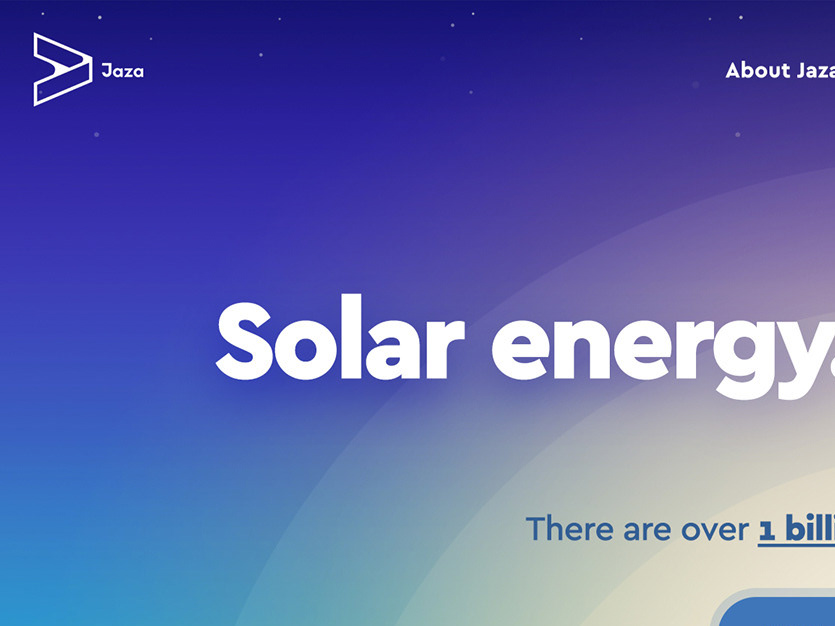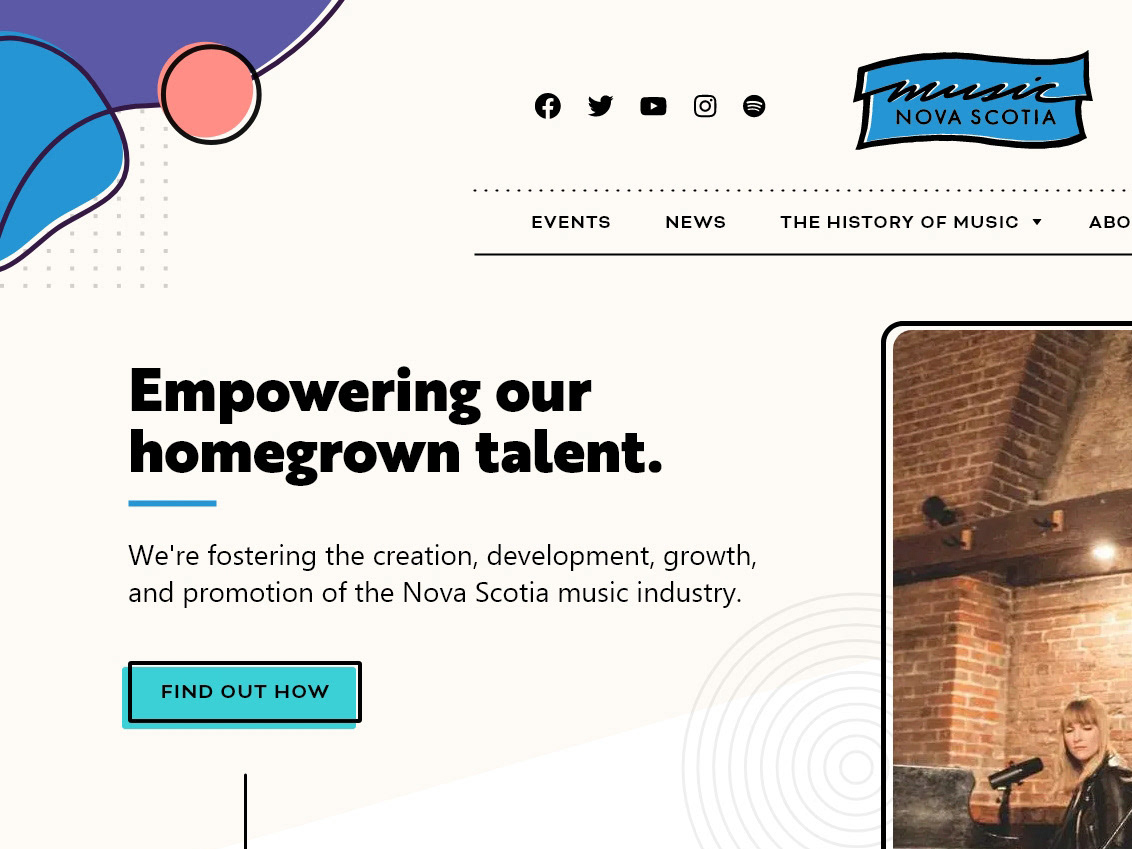Subtlety Creates Presence
Minimal compositions allow you to explore the core elements of design on a macro level. This can reduce "visual noise" and help sharpen focus towards core messaging and emotions you'd like to evoke.
The use of a significant amount of empty space signifies a void, connecting it to the "remains" concept.
Heavy, all-caps letterforms create presence and demand attention. Sharp, brightened edges indicate precision and order. The nature of the "precise" treatment communicates focus, wisdom, and knowledge. Kerning was adjusted manually between each letter to ensure consistent balance and provide additional stance. This all adds up to typography with character and purpose, which is a crucial consideration in a minimal composition like this one.
Subtle noise texturing was added in the final stage, creating a more tangible and weathered look. This helps connect the overall visual style to BONES' typical aesthetic, which is centered around more retro and nostalgic traits.
Crafting a Scene: An Alternative Concept
I took this a step further by building a realistic "scene" around the original type treatment, using various source images to craft the composition. I listened to the album in its entirety while doing this, to help paint a mental picture of the visuals the music evoked.
REMAINS is gritty, dark, and looming. Bones also often refers to himself as the "graveyard god" and a skeleton, with many death-centric themes apparent in his work. Based on these clues, the alternative concept was born.
Pick It Up & Feel It
It's a well-known fact that the result of design work can evoke emotion. Emotion isn't just triggered by sight, of course so to get the full experience, it's good practice to make something like this tangible. Make it something you can touch and examine more closely, and with more senses, to get a more complete and practical picture of the design's effect.
